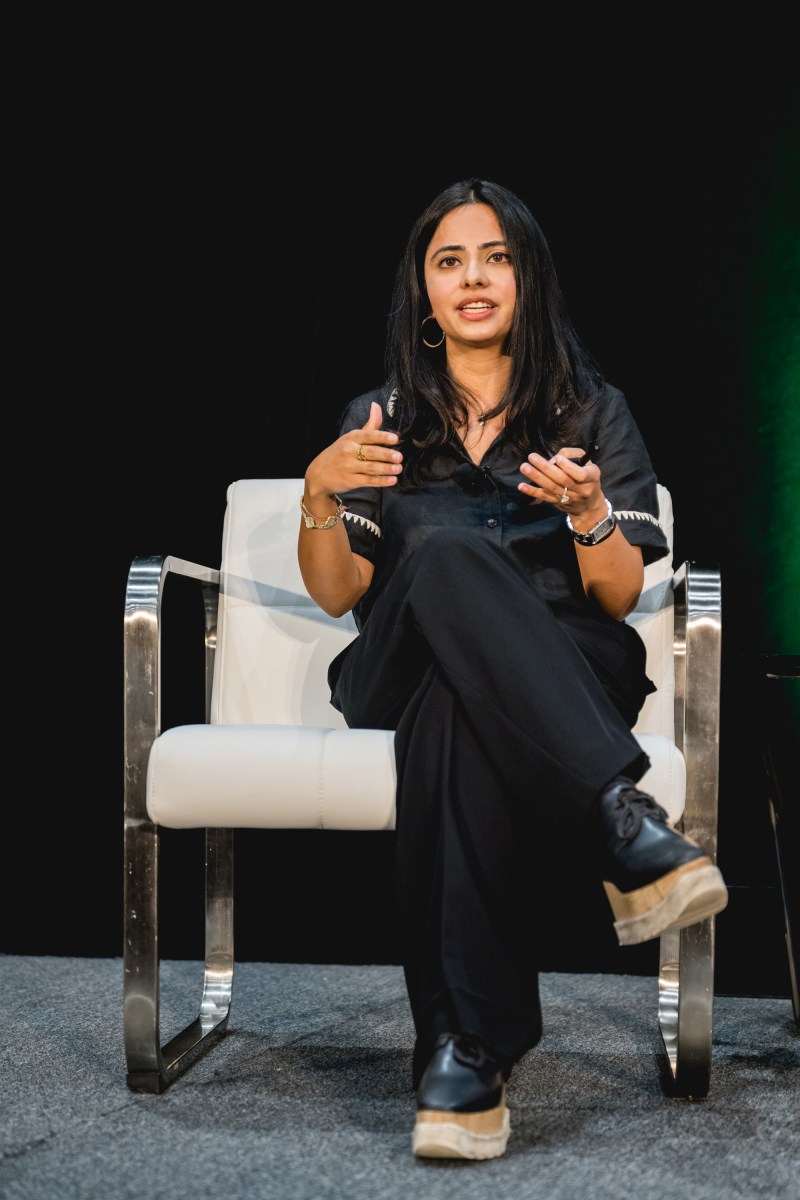
Early-stage founders just can’t get away from TAM — the concept of having a total addressable market for their startup to disrupt and conquer. But Index Ventures partner Jahanvi Sardana has a reminder for all those founders worried about finding TAM for their product or service: Many startups have emerged from markets that, at the time, were essentially nonexistent.
“What was the market for search before Google?” Sardana asked the audience at TechCrunch’s 2025 All Stage event in Boston, held earlier this month. “What was the market for operating systems before Microsoft, or the market for cloud before Amazon?”
Sardana compares TAM to surfing. Every few years, there are massive waves founders must ride — first came the internet, then the mobile wave, then the cloud, and now, she said, the biggest wave of all: artificial intelligence.
“Have you shaped the right product to ride this wave?” she continued. “That’s what we call product-market fit.”
Which TAM bucket are you in?
Sardana places TAM into three buckets: known market, emerging market, and invisible market.
The first, known market, already exists, and it is when a founder seeks to replace a legacy incumbent and must prove to an investor why their startup idea is better.
Techcrunch event
San Francisco
|
October 27-29, 2025
“Everyone brushes their teeth,” she said. “You have to tell me why you’re building a better toothbrush.”
The emerging market is when a certain sector of the market is using a product, and there is potential for it to go mainstream.
“Think about non-alcoholic beer before it became cool,” Sardana said.
Then there is the invisible market, which Sardana calls “the biggest trap,” and “also a little bit of a dark art.”
The market doesn’t exist, and a founder has to essentially create one and provide investors with evidence of how innovative they can be.
“Think about smartphones in 2006; nobody knew they wanted them and they changed the world,” she said, later adding that “people don’t know what they’re looking for and sometimes you have to show them what’s possible.”
The audience at All Stage, many of whom are early-stage founders, peppered Sardana with questions, largely about what investors want to see. For instance, do investors want to see a TAM slide in a pitch deck?
“It’s OK to create that slide and talk about the math behind your TAM,” Sardana said, though she added that sometimes investors get annoyed when founders rely too much on industry metrics rather than having their own unique insight. Sardana also cautioned founders not to rely too much on industry reports. If a founder is too dependent on an external service to dictate how they think about the market, it can signal that they haven’t thought deeply about the market they are trying to build in, she commented.
“How do you size the TAM in the marketplaces, especially big marketplaces?” one audience member asked.
“Well, that question hurts,” Sardana quipped. After all, Index once passed on Airbnb, having believed its TAM was too small.
“The reality is Airbnb created a whole new inventory, which is now bigger than some of the largest hotel brands, and that led to a big change in behavior on how people travel,” she said, adding that marketplace TAMs are tricky. “You want to focus on, again, what is unlocking supply, and once you unlock the supply, how will behavior change?”
The audience also asked Sardana what makes a company stand out to an investor like herself.
A tough one, Sardana said, but a really important one. Ultimately, if a founder can understand who the customer is and why they are willing to purchase their product, then a company should have no problem standing up to investors, she added.
“We’re in the business of evaluating founders more than markets or products or anything else,” she said. “When you talk about your market, it’s really a lens on your ambition.”





